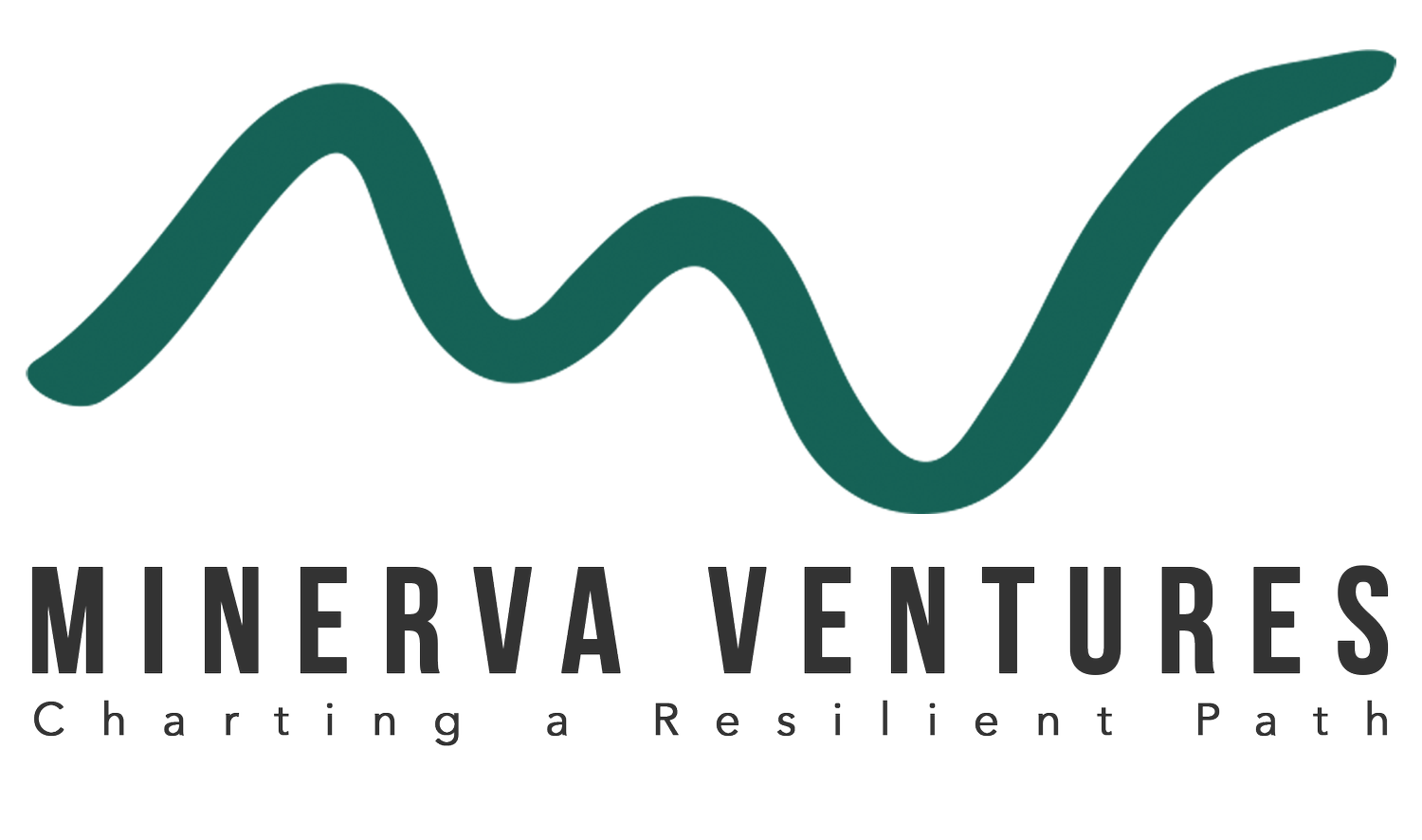The Environment's Invisible Issues
Less than a decade ago scientists in Norway created a global seed vault to preserve our agriculture in the event of any natural disaster. The idea sounds grim but it’s valuable to prepare for climate change and the environment’s future. Recently, due to the melting permafrost, the vault was flooded which posed a threat to this effort of protecting human food supply. If this is supposed to be such a foolproof vault, why within less than a decade was it already threatened by nature? Although the seeds in the vault are fine and the situation was mitigated, this is an example of the unexpected threats associated with climate change, one of many examples over the last four decades.
The New York Magazine article of July 9th, 2017, “The Uninhabitable Earth”, touches on a host of invisible issues that impact the environment negatively. The more publicized issues such as rising sea levels and greenhouse gas emissions are just the start of how our changing environment will continue to affect humankind.
Remember the Bubonic Plague (aka Black Death)? Remember the tens of millions of people it killed centuries ago? Imagine this disease reemerging today without any vaccinations or preparation. This is the very real future we could be facing with the melting of the Arctic ice. Prehistoric diseases as well as more recent ones, such as the plague, have potentially been preserved in ice since they first circulated. This is one of the invisible issues that as a millennial concern me the most for my future and generations ahead of me. This disease that we thought was gone forever now has a threat of reemerging due to climate change and that is something I’d never imagine. As a recent grad who has learned about environmental issues for the past four years, I was never made aware of this concern through my education. That is mind boggling that such a serious effect of climate change hasn’t been more publicized.
The main takeaways of this article were pointing out that people aren’t concerned enough partly because they just don’t know enough. This isn’t the fault of the individual but a societal problem because people aren’t being made aware of these invisible issues. These matters will have a direct impact on generations to come and if we care about the future of the planet, we need to take action now.

